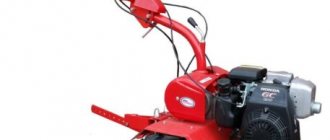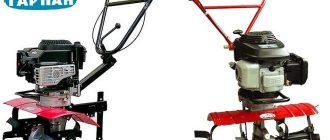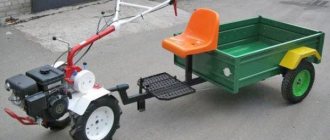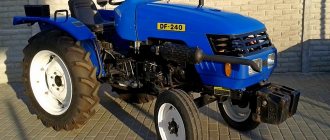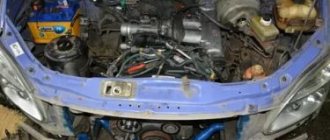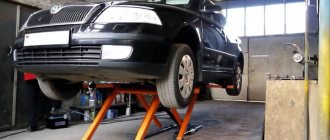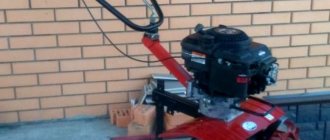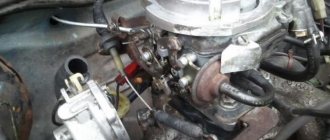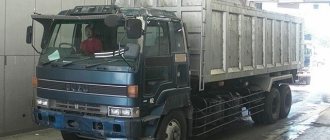How to make your own clutch for a walk-behind tractor
Auto mechanic, specializes in agricultural equipment.
Without high-quality clutch operation, full operation of the walk-behind tractor is impossible. The clutch is an essential component of the transmission, the function of which is to transmit torque from the crankshaft to change gears and disconnect the gearbox from the power plant during gear changes. The clutch of the walk-behind tractor is necessary for its smooth starting and stopping without the need to turn off the engine.
Motoblocks with belt and disc clutch. Pros and cons of ownership
The main design difference is the method of transmitting torque from the engine.
With belt-driven walk-behind tractors, the motor shaft rotates the pulley that is mounted on it. The pulley, in turn, drives one or more belts. Thus, the torque is transmitted to the gearbox and attachments.
Motoblocks with disc clutches usually use motors with splines (rather than with a keyed shaft). Such engines transmit torque “directly” from the engine to the walk-behind tractor. To rotate the hitch, a special power take-off shaft is used:
How to easily determine the type of walk-behind tractor?
The main visible difference is the engine location.
In belt-driven walk-behind tractors, the engine is located “on the side” . The key shaft goes in one direction, onto which the pulley is placed:
The following walk-behind tractors are belt-based: Brait BR-80, Neva, Patriot Kaluga.
For walk-behind tractors with a disc clutch, the engine is located front-facing:
Disc-based walk-behind tractors such as Brait BR-105, Patriot Nevada and Huter GMC-9.0
Advantages and disadvantages of belt walk-behind tractors
Advantages:
- The main advantage of belt walk-behind tractors is their price. This design is much cheaper to produce than walk-behind tractors with a disc clutch.
- More weight. Since belt walk-behind tractors are cheaper, they are more common. This means that there are much more hitches on them than on walk-behind tractors with a disc clutch.
- Easier to find the engine. In the vast majority of cases, for walk-behind tractors with disc clutches, engines with spline mounting are used. These are rare engines - they are difficult to find in Russia. But for belt walk-behind tractors, ordinary “keyed” motors are used, which are available in every store.
Flaws:
- Belts are consumables. They will tear from time to time and nothing can be done about it.
- Belt transmission of torque is not suitable for powerful engines - the belts will simply break constantly. Therefore, belt-driven walk-behind tractors usually go up to 7 hp.
- Belt walk-behind tractors are considered to be less durable, although this is a controversial statement.
Advantages and disadvantages of walk-behind tractors with disc clutch
And here we get a completely opposite situation regarding belt-driven walk-behind tractors.
Advantages:
- Motoblocks with disc clutch are usually considered more durable. Although, as already mentioned, not everyone agrees with this statement.
- No breaking belts - no more need to replace belts that break from time to time. Comfort costs money too, doesn't it?
- Motoblocks with a disc clutch can be powerful (up to 17 hp and sometimes more), unlike belt ones. You can often buy a real small tractor
